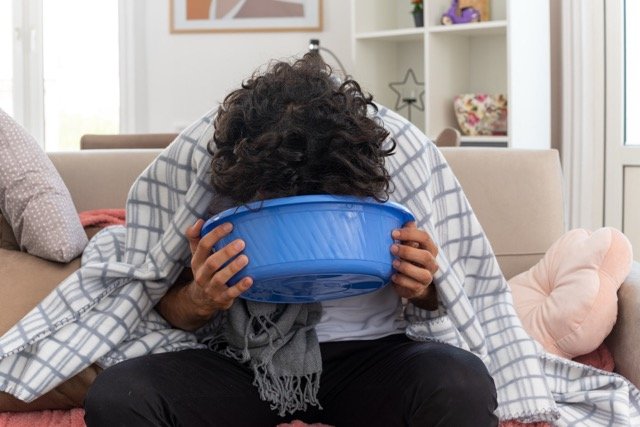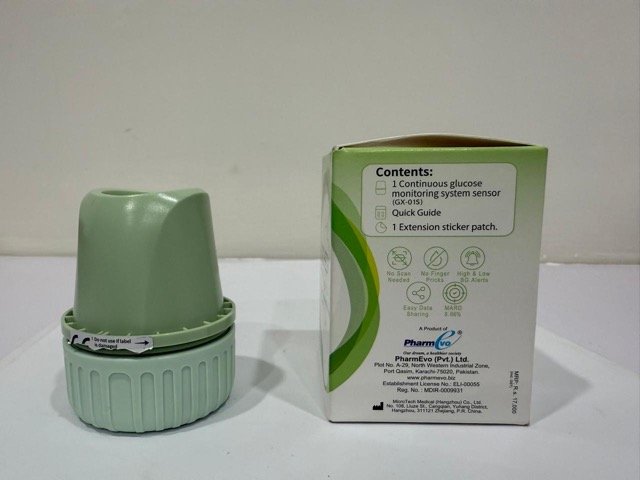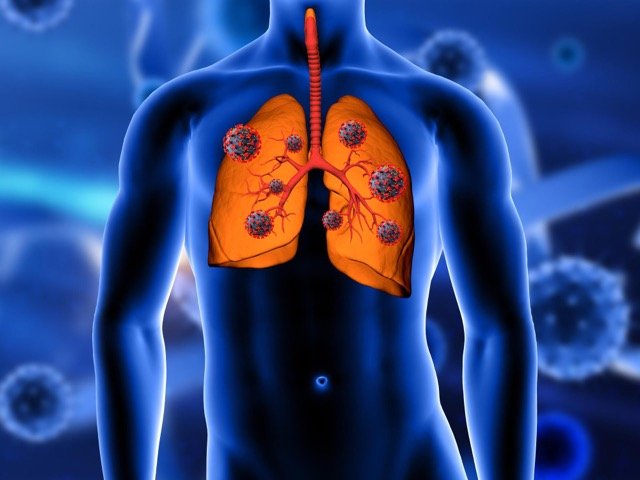Powerful weight-loss medications like Ozempic, Wegovy, and Mounjaro are widely used for diabetes and obesity. However, they often cause unpleasant symptoms such as nausea and vomiting, affecting up to 40% of users.
New findings presented at Neuroscience 2025, the largest global meeting for brain-science research, reveal how GLP-1 drugs act in the brain — and how a new oxytocin-based combination may offer weight loss without the typical side effects.
⭐ Why GLP-1 Drugs Are So Effective — and Problematic
GLP-1 receptor agonists mimic a natural hormone released after meals. Their main actions include:
How They Work
-
Reduce appetite
-
Slow gastric emptying
-
Enhance satiety
-
Lower blood glucose
Common Side Effects
-
Nausea
-
Vomiting
-
Bloating
-
Reduced thirst
Why These Occur
GLP-1 drugs not only affect hunger but also influence brain centers responsible for nausea, reward, and hydration.
🧪 Key New Findings From Neuroscience 2025
Below is a summary of the most important discoveries.
1. Oxytocin + Low-Dose Tirzepatide: More Weight Loss, Fewer Side Effects
Study by: James E. Blevins, University of Washington
Researchers combined low-dose tirzepatide with oxytocin, a natural hormone associated with social bonding and appetite regulation.
Results in Obese Rats
|
Treatment |
Weight Reduction |
Nausea Markers |
|---|---|---|
|
Low-dose tirzepatide alone |
~6–7% |
None |
|
Oxytocin alone |
~6–7% |
None |
|
Combination therapy |
~11% |
No nausea |
Key Insights
-
The combination nearly doubled weight loss.
-
No increase in kaolin intake (animal nausea marker).
-
Suggests a potential human therapy with fewer GI side effects.
🟢 Why it matters: This could be a future alternative to Ozempic-like drugs with minimal nausea.
2. Where Nausea Starts: The Brain’s "Vomit Center"
Study by: Warren Yacawych, University of Michigan
Scientists observed how GLP-1 drugs act on two major brain regions:
|
Brain Region |
Role |
Effect of GLP-1 Activation |
|---|---|---|
|
Nucleus Tractus Solitarius (NTS) |
Controls satiety |
Surprisingly, no weight loss when targeted directly |
|
Area Postrema (AP) |
Brain’s vomit center |
Triggered weight loss + nausea |
Takeaway
The area postrema is responsible for both:
-
Weight-reducing effects
-
Nausea and vomiting
🔴 Challenge: Weight loss and nausea seem tightly linked at the neural level — making side-effect-free GLP-1 drugs harder to develop.
3. A Newly Discovered "Reward Circuit" Affected by GLP-1 Drugs
Study by: Ali D. Güler, University of Virginia
Researchers identified a new brain pathway explaining how GLP-1 drugs reduce cravings for high-reward foods.
What They Found
-
GLP-1 drugs act on amygdala cells that regulate:
-
Emotional eating
-
Food motivation
-
-
These cells send signals to the ventral tegmental area (VTA) — the dopamine reward hub.
-
Activation reduces dopamine output, lowering the desire for:
-
Sugary foods
-
High-fat snacks
-
“Binge-triggering” foods
-
Implications
This reward pathway may help treat:
-
Emotional or binge eating
-
Food addiction
-
Possibly other addictive behaviors
4. Why GLP-1 Drugs Reduce Thirst
Study by: Derek Daniels, University at Buffalo
GLP-1 drugs don’t just suppress appetite — they reduce thirst too.
Key Findings
-
Brattleboro rats are extremely sensitive to GLP-1’s thirst-reducing effect.
-
After rehydration, researchers noticed changes in GLP-1 receptor levels in:
-
Nucleus of the solitary tract
-
Median preoptic area (important for thirst regulation)
-
What This Means
Understanding this mechanism may help manufacturers create drugs that:
-
Maintain appetite control
-
Avoid excessive thirst suppression, which can lead to dehydration
💡 Expert Insight
“GLP-1 medications act on brain circuits far beyond diabetes and obesity,”
— Lorenzo Leggio, MD, PhD, National Institute on Drug Abuse.
These drugs may have future applications in:
-
Addiction disorders
-
Binge-eating
-
Reward-related conditions
📌 Summary Table: What the New Research Shows
|
Area of Research |
Key Discovery |
Potential Impact |
|---|---|---|
|
Oxytocin + Tirzepatide |
Boosted weight loss without nausea |
New safer treatment option |
|
Area Postrema Study |
Confirms nausea + weight loss originate from same region |
Helps design side-effect–free drugs |
|
Reward Circuit Study |
New GLP-1 target in amygdala-VTA pathway |
May treat binge eating & addiction |
|
Thirst Suppression |
Identifies brain regions controlling GLP-1-related thirst |
Prevents dehydration in future medications |
🧭 Bottom Line
New research reveals that:
-
GLP-1 drugs act on multiple brain circuits, not just appetite.
-
The oxytocin + tirzepatide combination could offer weight loss with fewer side effects.
-
Future therapies may target reward, nausea, and thirst pathways separately, improving patient comfort.
As the field grows, we may see medications that are as effective as Ozempic — but far more tolerable.
Ref: Dibesity







